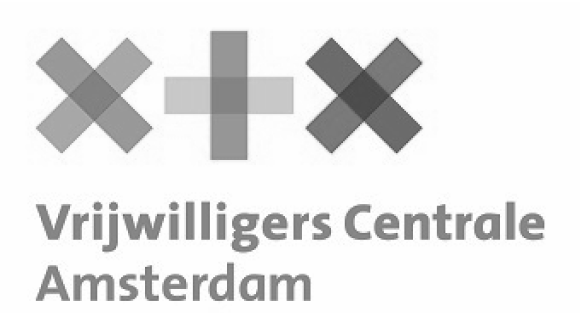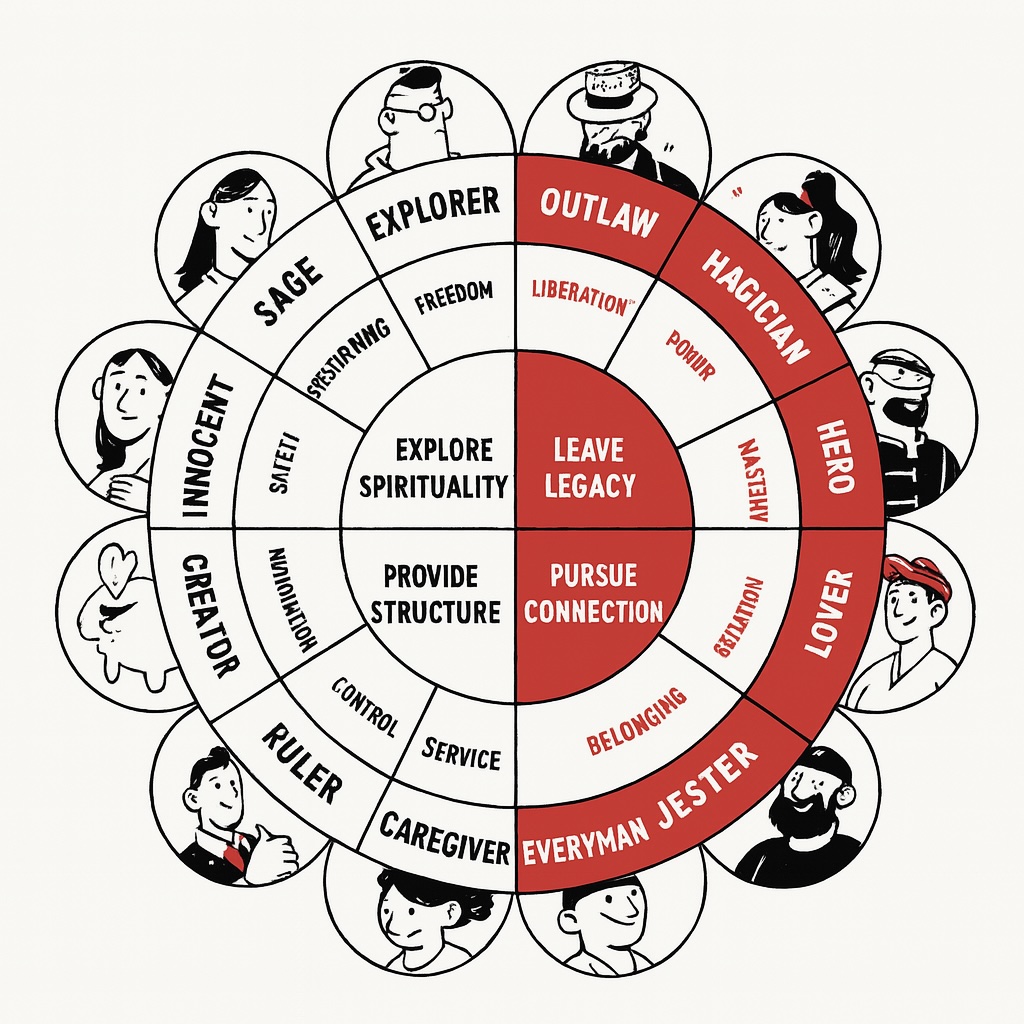Audience-level segmentation increases your marketing impact
About segmentation at the audience level
Segmentation is the process by which a company divides its market into different segments, or specific groups of customers with similar characteristics. Each market segment consists of a group of consumers who have shared characteristics. By segmenting the market, companies can more effectively target their marketing efforts to homogeneous groups of customers who share similar needs, behaviors and interests. This leads to a concentrated marketing approach that ensures higher relevance and better results.
Segmentation helps organizations distinguish different groups of customers based on various segmentation criteria, such as demographic segmentation, geographic segmentation, psychographic segmentation and behavioral segmentation. This involves dividing the market into market segments, with each group of consumers having unique needs. For example, demographic segmentation looks at age, gender, income, marital status and education level, while geographic segmentation divides the market along geographic boundaries such as region, city or country. Psychographic segmentation focuses on person characteristics such as personality, lifestyle and interests.
By identifying and understanding these different segments, a company can identify the needs of each market segment. Identifying this need is essential for developing relevant marketing and communication messages that address the specific wants and needs of each group of customers. This results in more effective communication and higher customer satisfaction.
The Power of segmentation at the audience level
Target-level segmentation means dividing your entire market into different groups of consumers who are homogeneous in their characteristics and behavior. This makes it possible to develop a targeted marketing strategy for each segment and implement the right marketing mix. Segmenting allows you, for example, to target one segment with a specific product offering, giving you a competitive advantage and increasing sales. Understanding the positioning of your products relative to competitors is also an effective way to serve a unique market segment and clearly differentiate your brand.
Market segmentation is a dynamic process that should be reviewed regularly, especially given changing market conditions and evolving customer needs. Segmentation helps companies respond flexibly to these changes and adjust their positioning.
What to expect:
- Analysis of existing customer and market data to identify logical segments
- Classification based on demographic, geographic, psychographic and behavioral characteristics
- Application of segmentation to both B2B and B2C markets
- Advice on targeted marketing strategies by segment
- Integration of segmentation into campaigns, CRM and marketing automation
Sample applications
- Targeted email campaigns by segment
- Specific LinkedIn and Google Ads targeting
- Content creation tailored to different customer types
- Regional marketing campaigns
- Sales prioritization on high-value segments
Our working method
- Data collection: We collect and analyze customer and market data from various sources such as CRM systems, marketing tools and external data sources.
- Defining segments: Based on the collected data, we define the main segmentation criteria and identify different groups of customers. This involves determining the distribution of customers among the various segments, for example, based on income, occupation, education and social class.
- Create profile descriptions: Each segment gets a clear description with characteristics, needs and buying motives.
- Strategy development: We develop targeted marketing and sales strategies that address the specifics of each segment.
- Evaluation and optimization: Segmentation is regularly evaluated and adjusted to changing market conditions and new insights.











